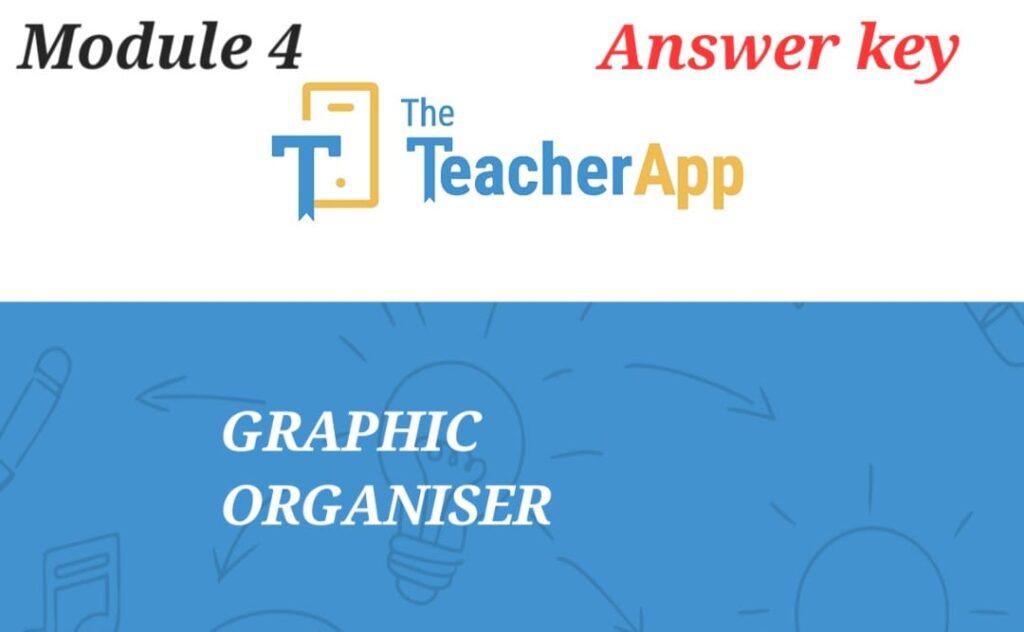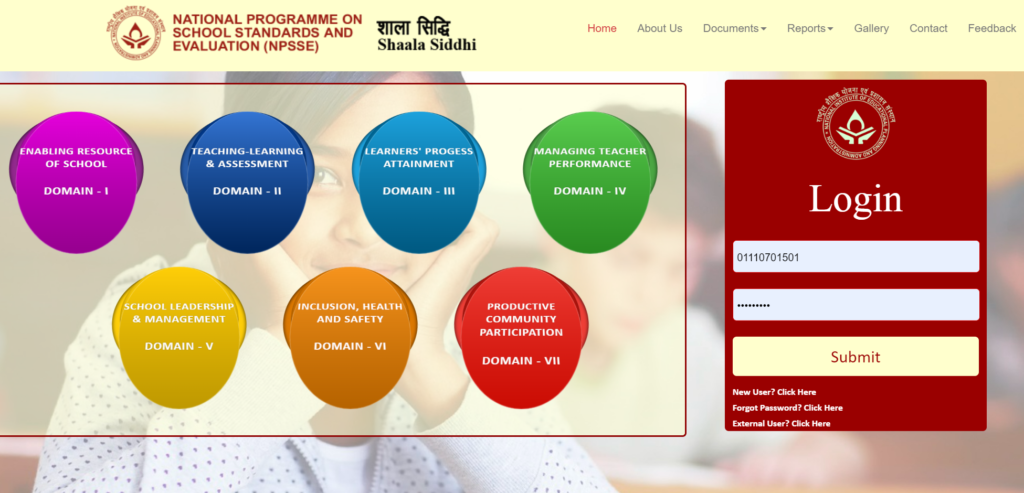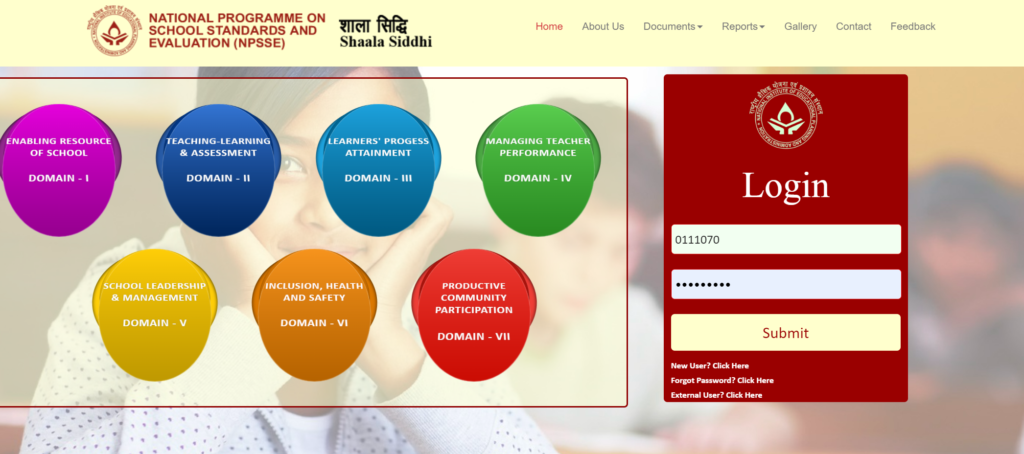Graphic Organiser:Module 4 of Teacher App

Graphic organisers are powerful tools in education, helping both teachers and students to structure and understand information more effectively. In teaching boat-making using origami, a sequential graphic organiser is the most appropriate choice. This type of graphic organiser breaks down the process into clear, manageable steps, making it easier for children to follow along and grasp each stage of the activity. Sequential graphic organisers can visually represent the series of folds and actions required in origami, ensuring that students can see the progression from one step to the next. This method not only aids in comprehension but also helps in retaining the information, as the visual and sequential cues provided by the graphic organiser reinforce memory retention through dual coding theory. According to this theory, using both visual and verbal information helps in better understanding and remembering the material, making graphic organisers an essential tool in educational settings.
In addition to teaching processes, graphic organisers like the fish-bone diagram are invaluable in explaining complex concepts, such as the consequences of the partition of India. The fish-bone graphic organiser allows students to visualize the relationship between causes and effects, helping them to understand the intricate dynamics and repercussions of historical events. By establishing clear links between different factors, graphic organisers support the development of critical thinking and analytical skills. Moreover, graphic organisers like KWL charts enable students to recall prior knowledge, connect new information with existing schemas, and self-assess their learning progress. These tools are versatile and can be adapted to various subjects and educational objectives. For instance, conceptual graphic organisers help students reflect on problem-solving processes, enhancing their ability to understand and solve mathematical problems involving irrational numbers. Overall, graphic organisers divide information into small, digestible parts and can be customized to meet the specific needs of a lesson, making them indispensable in both teaching and learning.

Graphic Organiser:Module 4 Answer Key
Q1: Priya wants to teach boat-making using origami. To help children understand the process, she wants to use a graphic organiser. Which one will be most appropriate for this?*
Options:
- Cyclic
- Hierarchical
- Sequential
- Conceptual
✅️ Answer: Sequential
Q2: To explain the consequences of the partition of India, a teacher used the fish-bone graphic organiser. Was it a correct decision to choose this type of graphic organiser to explain the concept?
Options:
- Yes, because with the help of fish-bone graphic organiser, children will be able to understand the relation between the effects of partition and its causes.
- No, because with the help of fish-bone graphic organiser, children will be able to only arrange the events that occurred at the time of the partition.
- Yes, because with the help of fish-bone graphic organiser, children will be able to understand all the effects of partition.
- No, because with the help of fish-bone graphic organiser, children will not get the opportunity to think about all the effects of partition.
✅️ Answer: Yes, because with the help of fish-bone graphic organiser, children will be able to understand the relation between the effects of partition and its causes.
Q3: A conceptual organiser is given on your screen. Which all learning abilities can be developed using this organiser?
Options:
- Ability to explain a decision with reasons
- Question/issue
- Ability to do a comparative study
- Conclusion and Justification
- Creative ability
- Logical ability
✅️ Answers: Ability to explain a decision with reasons,
✅️Ability to do a comparative study,
✅️Logical ability
Q4: According to the Dual coding theory, how do graphic organisers help us understand and remember information better?
Options:
- Graphic organisers organise the linguistic information with the help of pictures and shapes.
- Graphic organisers present information derived from both visual and linguistic elements, making it easier to understand the given information.
- Graphic organisers show the difference between different concepts and with this, it becomes easy to explain the information.
- Graphic organisers engage two interconnected systems, the language and visual systems.
✅️ Answers: Graphic organisers organise the linguistic information with the help of pictures and shapes,
✅️Graphic organisers engage two interconnected systems, the language and visual systems.
- Q5: Graphic organisers give a visual representation to the structure of thoughts and with
this, it becomes easy to remember or recall the information. Which theory supports this statement?
You can choose only one option. - Schema theory✅️
- Dual coding theory
- Kholberg’s moral
development theory - Vygotsky’s socio-cultural theory.
Q6: According to the Schema theory, how do graphic organisers help us to understand and remember information better?
Options:
- They provide a visual representation of various schemas.
- They use pictures and structures which helps in deactivating schemas.
- They establish relations between different concepts easily.
- They help in adding new information.
✅️ Answers: They provide a visual representation of various schemas,
✅️ They help in adding new information.
Q7: Sarika Ma’am can use a KWL graphic organiser to complete which of the following objectives?
Options:
- To enable children to recall prior knowledge
- To implement precise assessment methods to assess children’s understanding.
- To help children connect new information with existing
- To empower children to self-assess their progress in achieving the objectives set forth
✅️ Answers: To enable children to recall prior knowledge,
✅️To help children connect new information with existing,
✅️To empower children to self-assess their progress in achieving the objectives set forth
Q8: Saba Ma’am has taught children how to add and divide irrational numbers and now she wants to assess them on the same. Which of the given options can help her achieve this objective?
Options:
- Asking children to fill the KWL graphic organiser
- Asking children to fill in the problems related to irrational numbers in a sequential graphic organiser.
- Asking children to fill out the conceptual graphic organiser by reflecting on the questions related to the process of solving a problem
✅️ Answer:
- Asking children to fill in the problems related to irrational numbers in a sequential graphic organiser.
Q9: Which of the following tasks can be completed using graphic organisers?
Options:
- Sharing lesson plans with children
- Giving precise instructions to children
- Assessing children’s knowledge
- Explaining a concept to children
✅️ Answers:
- ✅️Sharing lesson plans with children
- ✅️Giving precise instructions to children
- ✅️Assessing children’s knowledge
- ✅️Explaining a concept to children
Q10: Which of the given statements is true for graphic organisers?
Options:
- These are always subject-oriented
- These divide the information into small parts.
- These can be changed according to the need.
- These can be used by children with the help of a teacher only.
✅️ *Answers: These divide the information into small parts,
✅️ These can be changed according to the need.




Hey people!!!!!
Good mood and good luck to everyone!!!!!